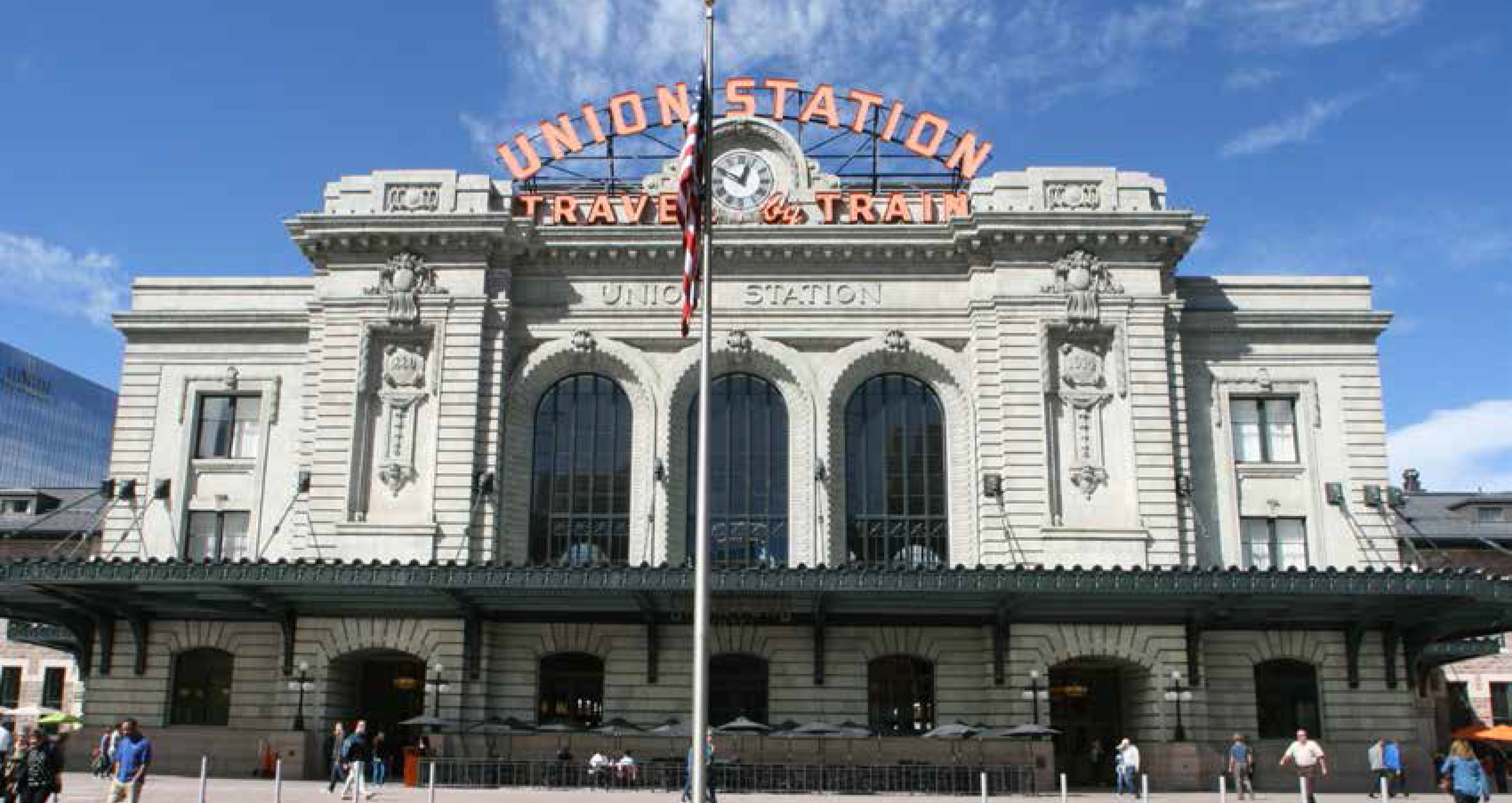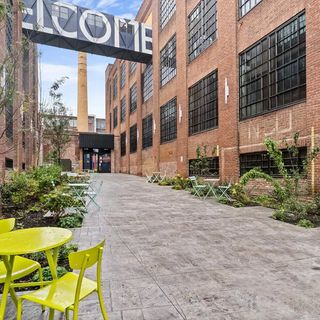When you visit a city, you’re bound to see all types of buildings: commercial, residential institutional and ecclesiastical. These come in all ranges of styles and sizes, depending on your location. In more than 30 years of being in the historic real estate redevelopment industry, I’ve seen many types of buildings rehabilitated using historic tax credits (HTCs). Former office buildings, hotels and warehouses are generally good candidates for HTC rehabilitation and you can see completed projects throughout the country today. While some buildings are easier to work with, there is a diverse class of buildings that populate our cities and towns, often referred to as “white elephants” that are not so fortunate, and their future prospects for rehabilitation not nearly as promising.
‘White Elephants’
The Merriam-Webster dictionary provides two contextual definitions for ‘white elephant”: “a property requiring much care and expense and yielding little profit” and “an object no longer of value to its owner but of value to others.” Typical white elephant buildings include churches, stadiums, suburban office parks, military bases, armories, hospital complexes, shopping centers, schools, transportation facilities and specific-use structures.
Buildings are not intentionally built as white elephants, but typically fall victim to forces which render them expensive and of little economic value. These forces often include functional obsolescence, business closures and
demographic changes. While none of these buildings are inherently white elephants, it is their geographical and economic context which lends the moniker. These more-challenging buildings often suffer from poor location, large minimally functional spaces, and high capital costs. You know you have a white elephant building when the first question that arises is, “what do we do with this thing?”
Challenging Building Types
Probably the most numerous of all white elephants is the church building. Once a staple of urban American, church steeples can be seen dotting the country’s neighborhoods, from small towns to large cities. Historically pillars and way markers in neighborhoods, church buildings have fallen victim to shrinking congregations and often changing neighborhood demographics. Faced with aging and expensive buildings, congregations are often forced to make tough decisions regarding their historic buildings. Some try to retain their buildings, deferring maintenance, leasing for use by other groups and finally selling assets such as stained glass windows to keep buildings standing and usable. Once the building can no longer be maintained, it becomes at risk, with high expenses and little to no economic value. At this point, the building is either sold, abandoned or demolished. As witnessed throughout the
Rust Belt, church buildings have been demolished at an astounding rate. Transportation-related buildings are particularly challenging to rehabilitate. The most famous of all white elephants is most likely the original Pennsylvania Railroad Station in New York City. Designed by the famous architecture firm of McKim, Mead and White, the station opened in 1910 and was a grand space which occupied two full city blocks in Manhattan. By the 1950s, the building was tired and provided little financial benefit to its owner. Faced with mounting financial hardship, the station was demolished in 1963 by the Penn Central railroad company and replaced by Madison Square Garden and a high-rise office building. Although the loss of this building was unfortunate, it did set the stage for the preservation of Grand Central Station and numerous other railroad stations, airports and other transportation buildings throughout the country that found themselves in the same situation. Another problematic building type is the hospital complex. Ranging from late 19th -century pavilion-style complexes to more modern “General Hospital”-style urban high-rise hospitals from the early-to-mid 20th century, these buildings were constructed with one purpose. As medical techniques have advanced, so too have their spatial requirements. While these buildings have usually been adapted for continued use, eventually they become functionally obsolescent and can no longer be used in their original capacity. Often, the size and layout of hospitals, as well as their geographical location, do not lend themselves to reuse and the buildings are demolished. Other buildings are considered to be white elephants as much for their location and context as for their design and typology. One of the defining characteristics of these buildings is the fact that they are too large for reuse– this being informed by the demand of the local market. Whereas a five-story warehouse building may be one of hundreds within a large city, in a smaller former mill town it may be the only building taller than the church steeple. Such a large amount of square footage within a small town, or within a neighborhood down on its luck, may have limited economic return. This type of white elephant is found throughout the country.
Rehabilitation Opportunities
While it is true that many white elephants have limited economic return, the second definition is also true in that many have very important histories, longstanding connections to society and affection from the public that many more easily rehabbed buildings simply do not conjure. Some purpose-built large buildings, such as shopping malls, fall to the wrecking ball without any concern; these are just buildings that have passed their functional usefulness but don’t have any strong emotional attachment. More often, these buildings have an emotional attachment that is often associated with many failed attempts at preserving the building. It’s rare that a community would want such a building demolished until all possibilities for preservation have been exhausted. While there is nothing inherently
different between white elephants and other buildings, it is the circumstances surrounding the buildings which makes them difficult to adaptively reuse. Although the future of white elephants may seem bleak, the HTC, especially recently with the growth instate HTCs, has significantly assisted in the ability to rehabilitate many of these buildings. Throughout the country, former church buildings are being converted for use as performance arts centers, recording studios, and creative office space. While some uses such as housing can be difficult to program in former churches while using HTCs, alternative uses which permit the volume of the sanctuary and the historic finishes to be maintained are generally approvable. Another problematic building type from a rehabilitation standpoint is hospital complexes, but these have been rehabilitated successfully under the HTC program. In Jersey City, N.J., the mammoth 10-building former Jersey City Medical Center complex, which was vacated over a period of decades in the late 20 th century, has been rehabilitated for residential use with the apartment portions using the HTC. In Buffalo, N.Y., the former Buffalo Psychiatric Center is being rehabilitated using the HTC for use as a hotel and conference center. One type of white elephant building that has seen success in adaptive reuse it the railroad station. Once the heart of America’s towns and cities, during past decades, many railroad stations met a similar fate to New York’s Pennsylvania Station, as the land on which they stood embodied greater value than the building itself. While built for a single purpose, creative design and reuse schemes enabled a significant number of former railroad stations to be rehabilitated, many with the assistance of the HTCs. Recently, the former Denver Union Station underwent an adaptive reuse project to convert the former railroad station into a hotel and commercial complex. Built in 1914, the grand BeauxArts railroad station formerly saw upward of 80 trains daily during the 1920s, but as rail decline in the latter half of the 20th century, became underused and primed for redevelopment. As part of a larger transit-oriented development, Sage Hospitality was chosen to convert much of the historic building into a hotel. In order to use the HTCs, The Crawford Hotel, utilized a creative design to insert the required number of hotel rooms into the building’s office wing while maintaining the historic character of the main hall. Although the “white elephant” moniker may seem like a building type for which it is best to steer clear, it is important to understand that this definition is applied based on the building’s context and is subject to change. A building is only a white elephant until someone comes along with a viable plan for reuse. Incentives such as the HTCs, brownfield tax credits and local development incentives (the availability of which may be greater for beloved buildings) have made it more likely that these buildings will be renovated and once again incomeproducing. While white elephant buildings present hurdles and obstacles that make them more challenging to reuse than typical buildings that we see as HTC projects, seeing these projects completed is well worth the challenge.








